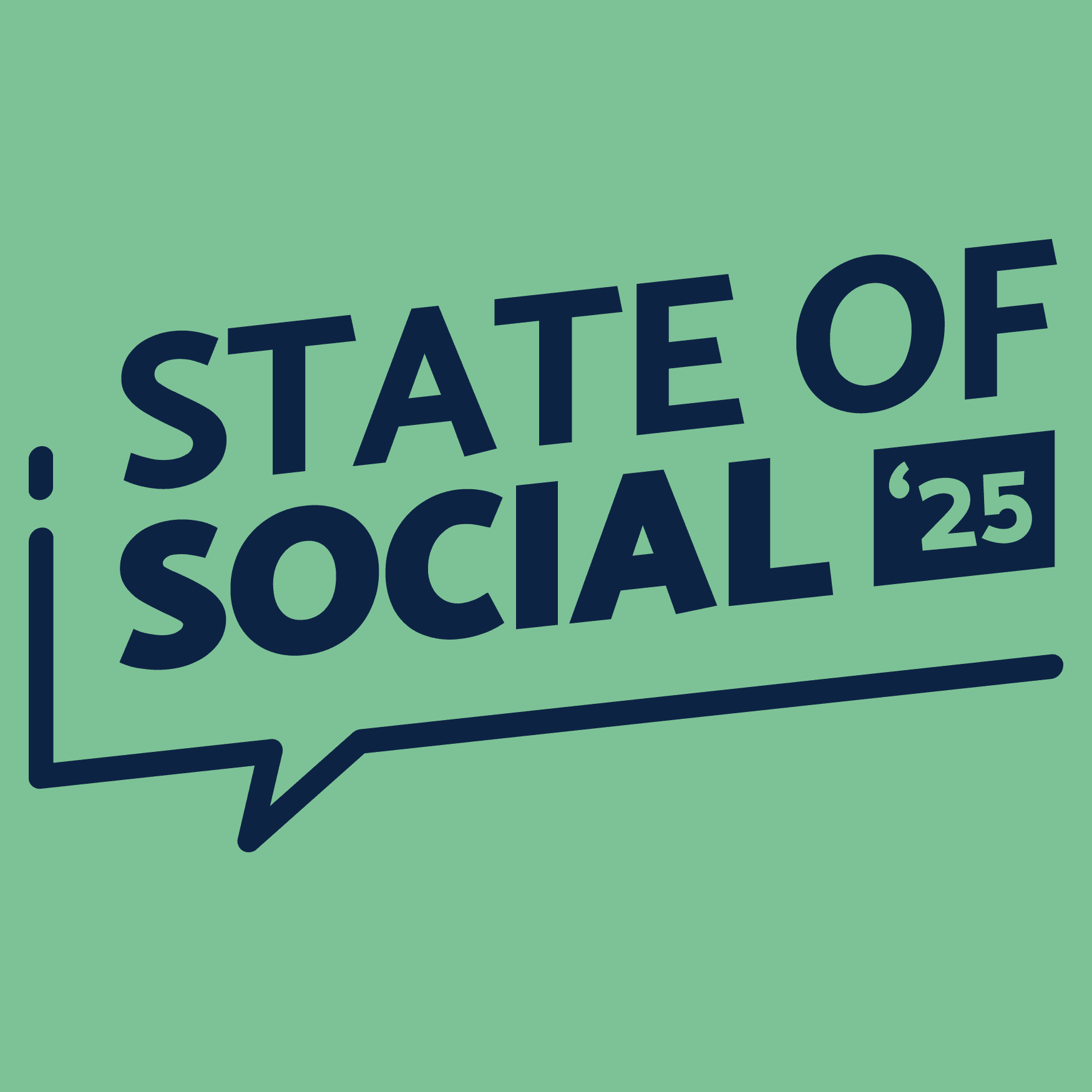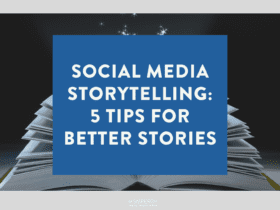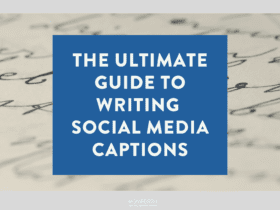The brand voice embodies and communicates the personality and core values of your brand.
Brand voice is so critically important on social media. It helps you connect with your audience and distinguishes you from the competition.
What do Nike, Apple, Coca-Cola, Cadbury, Disney and Facebook all have in common?
Besides being global mega brands, they each have a consistent brand voice that makes them instantly identifiable, helping them stand out from their rivals, creating an indent in the minds of their target audience.
Brands are often identified by their visual identities; however, a brand’s voice is just as important but often overlooked.
Be it your website copy, a caption on a social media post, verbiage on advertisements or blogs, every action you take when you communicate to your target audience, you are revealing your brand voice.
A brand voice helps readers and viewers identify your brand regardless of the medium and clarifies your intent and why your business does what you do.
Companies that realise this appear to be the most successful and long-lasting.
It may seem like a daunting task, but here’s how to find your brand’s voice on social media.
What is a brand voice?
The personality that your company adopts in all of its messages is referred to as the brand voice.
The brand voice includes everything from the vocabulary and language you use to the personality and image you want your marketing assets to convey. It is critical to ensure that the voice is heard over the noise and positively impacts future buyers.
Regardless of who produces the content, brand voice is essential for ensuring continuity across channels. Brands with a clear voice, for example, can look the same on social media, email marketing, and blog posts — even though the content for those platforms is created by different people.
Why is brand voice important?
To many consumers, products and services may appear all too similar, and their final decision comes down to price over brand name. A well-developed tone of voice ensures you are memorable to your audience and helps you stand apart from your competition in a crowded marketplace.
Brand awareness, a reason many businesses are active on social media, is achieved when a consumer can recognise your brand solely based on the content without ever seeing who posted it.
If your personality and messaging are constantly changing, it becomes more difficult for your audience to know who you are and what you stand for. Consistency and repetition position your business as polished and professional.
What is the difference between voice and tone?
Voice represents the personality of the organisation; it is constant and never changes. It is best described in an adjective, e.g. professional, energetic, helpful and sarcastic.
The tone is the emotional inflection in the speech and adapts to what is appropriate for a specific post, the intended audience and the channel.
For example, if your brand is doing an Instagram post about a clearance sale, the tone of voice will be lighter than a post on a political or social issue.
How to find your brand voice
Brand identity
The first step in cultivating your brand voice is to declare your core brand identity by defining your vision, mission, and values. You also need to understand what and why your business stands apart from your competitors.
Descriptive words
Begin by selecting three distinct descriptors for your business. There should be simple words that elicit a visceral response. Consider the feeling you want to evoke with your content and how you want your business to be viewed. These three words will help set the tone for all of your social media content.
Know your audience
Are you talking to millennials? Generation Z? Baby boomers?
It is essential to know who you are trying to communicate with and why. Understand what your current and prospective customers want and expect from your brand.
By truly understanding who your target audience is, you can use a brand voice that will pique their interest the most.
Many social media networks provide data on age, location, the most engaged times of the day and the best performing type of content; use this to inform your strategy going forward.
Create a brand guide
Collect all this information and package it into a brand guide which can serve as a reference to help you preserve the authenticity of your brand and act as a toolkit for all your departments and future employees.
Examples of brand voices
Starbucks
Available to view online, Starbucks uses a functional and expressive brand voice to create more space for brand relevance, connection and joy.
The functional tone is used for navigation and ordering a product, keeping the copy transparent for optimum legibility, where the expressive brand voice is where the Starbucks brand personality shines, used to tell a passionate coffee story.
Mailchimp
The marketing automation platform and email marketing service, Mailchimp, publicly states online that their brand voice is “clear, genuine with a bit of dry humour”.
Clear ensures that MailChimp eliminates both jargon and hyperbolic terminology in favour of consistency.
A genuine voice makes it easier to appeal to small companies and their problems by speaking to them in a friendly, gentle, and approachable manner.
Mailchimp’s tone is typically casual, with a touch of dry humour that is not inappropriate or snobbish.
You can view the Mailchimp Style Guide here.
Coca-Cola
Since its inception in 1886, the brand voice of Coca-Cola has always been cheerful, friendly, and down-to-earth.
Whether it be a billboard or a social media caption, Coca-Cola’s brand voice has remained strong with a common goal in mind: making people happy and communicating the concept of a happy life.
Defining the brand’s tone of voice and setting consistent standards will help your tone shine through with any piece of content. This is a critical component in creating a content campaign that is faithful to your mission and looks genuine to consumers.








LET’S CONNECT